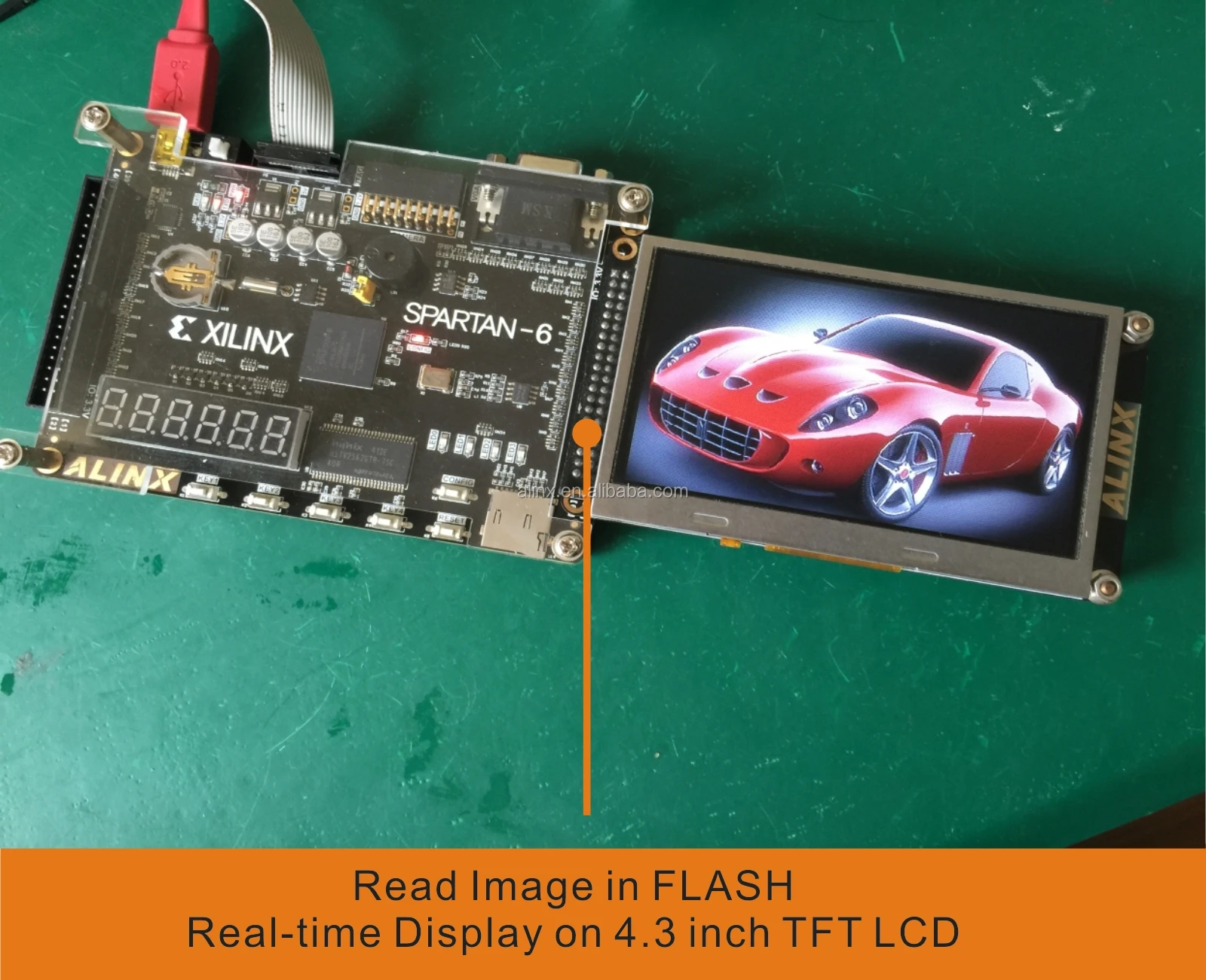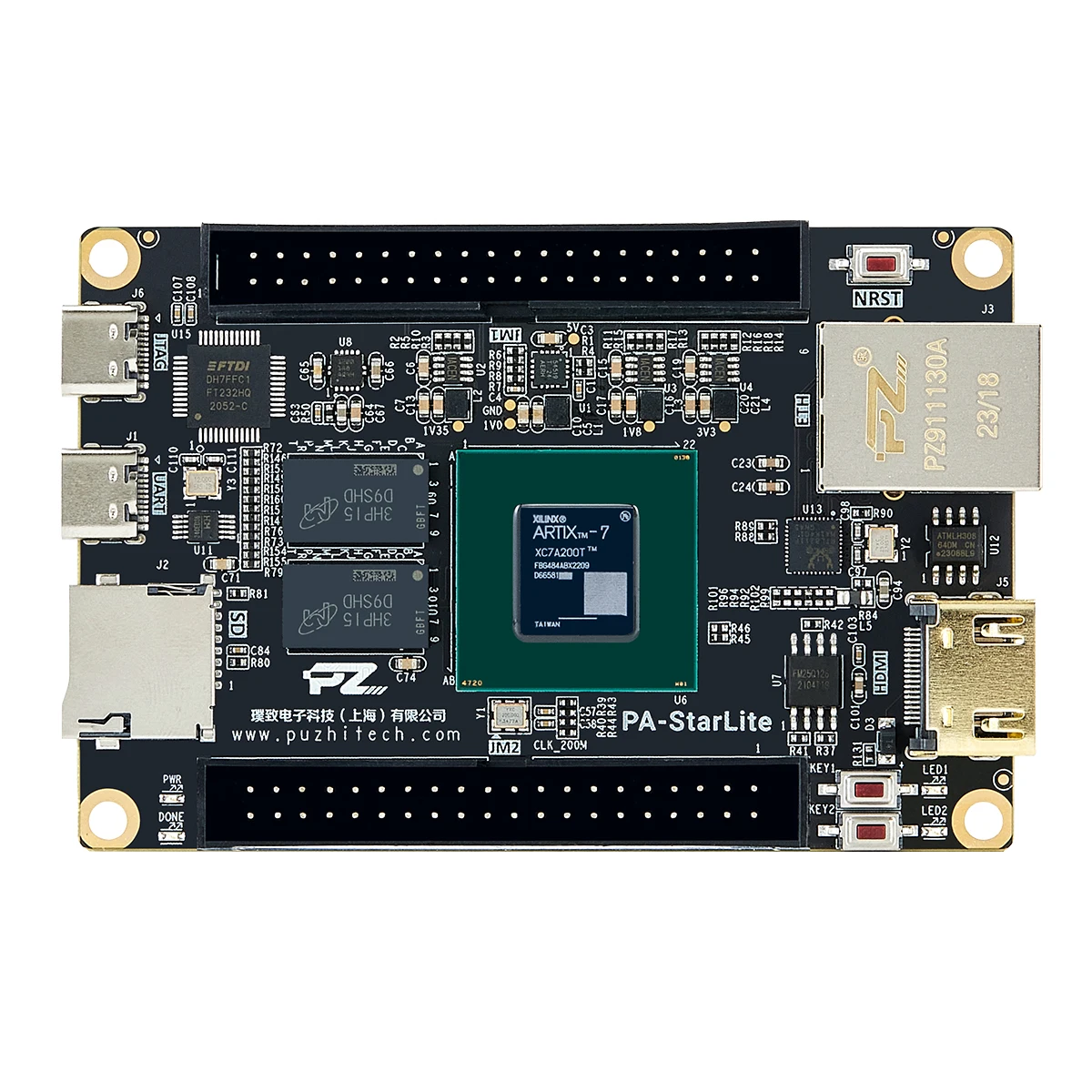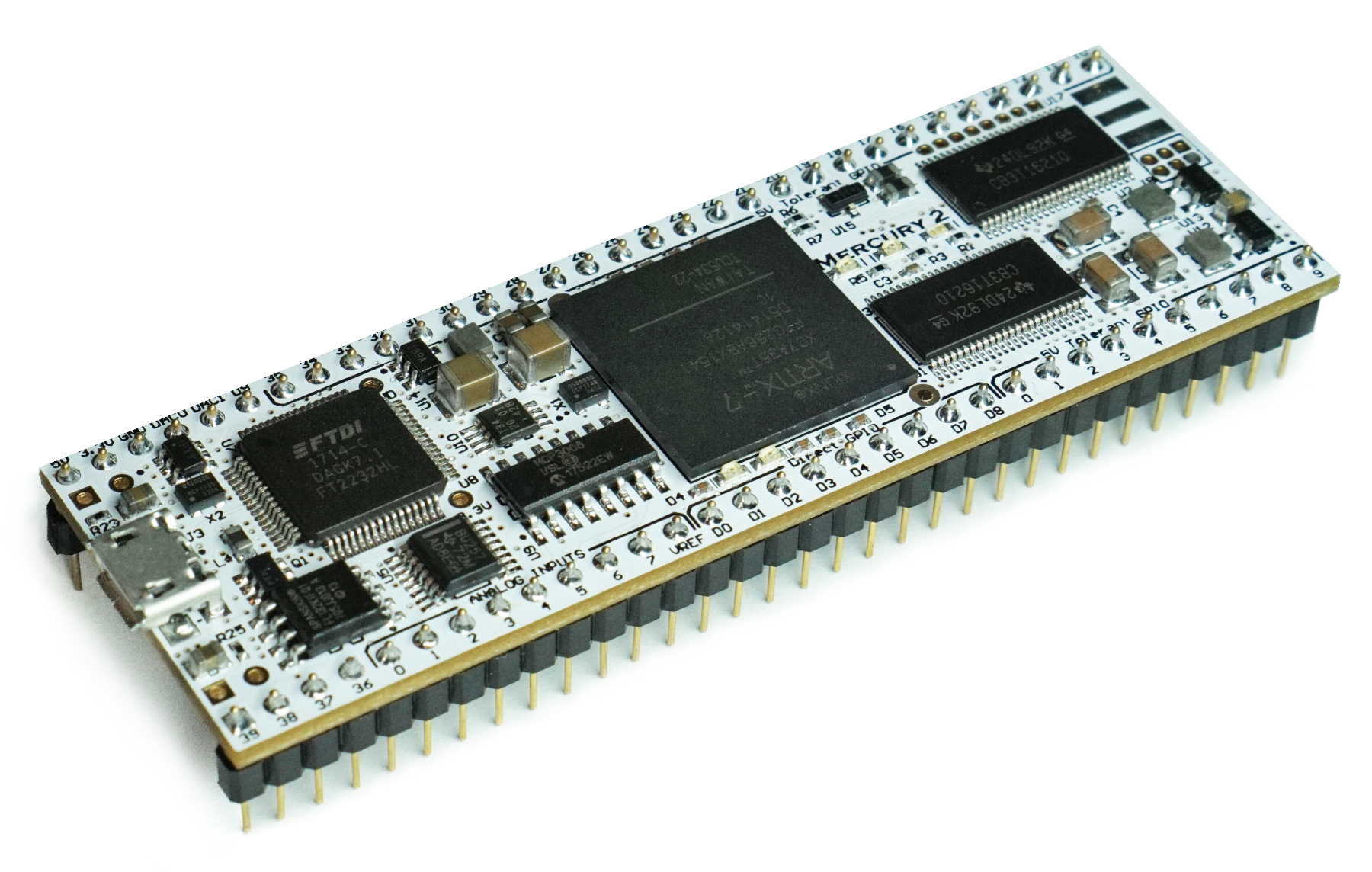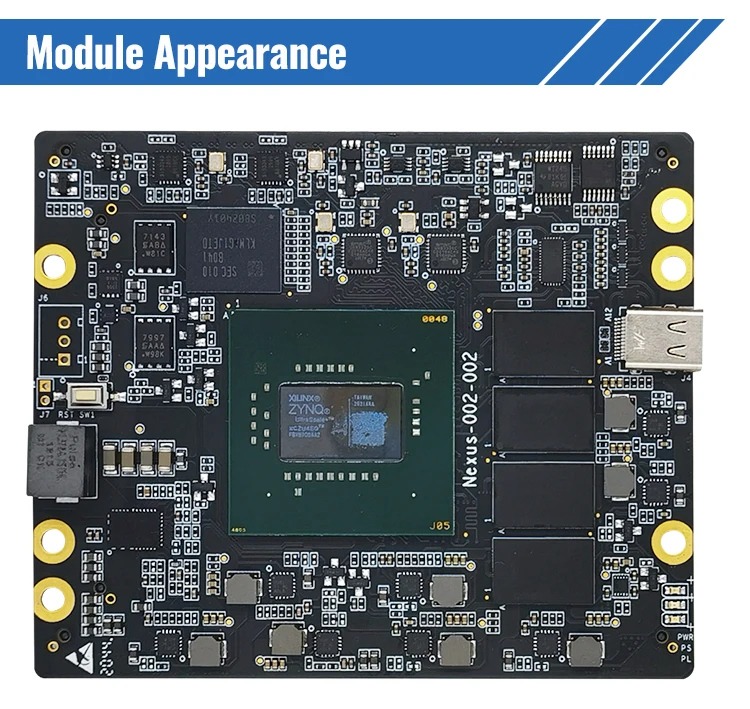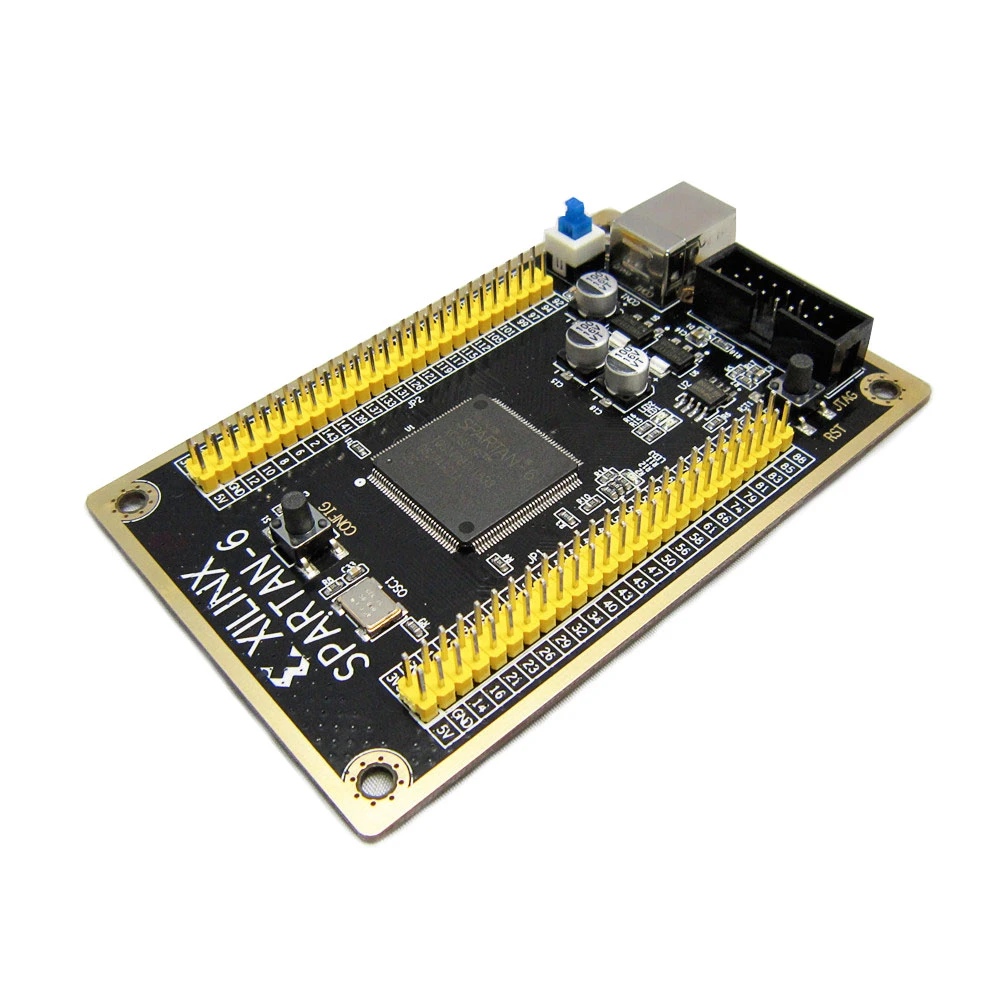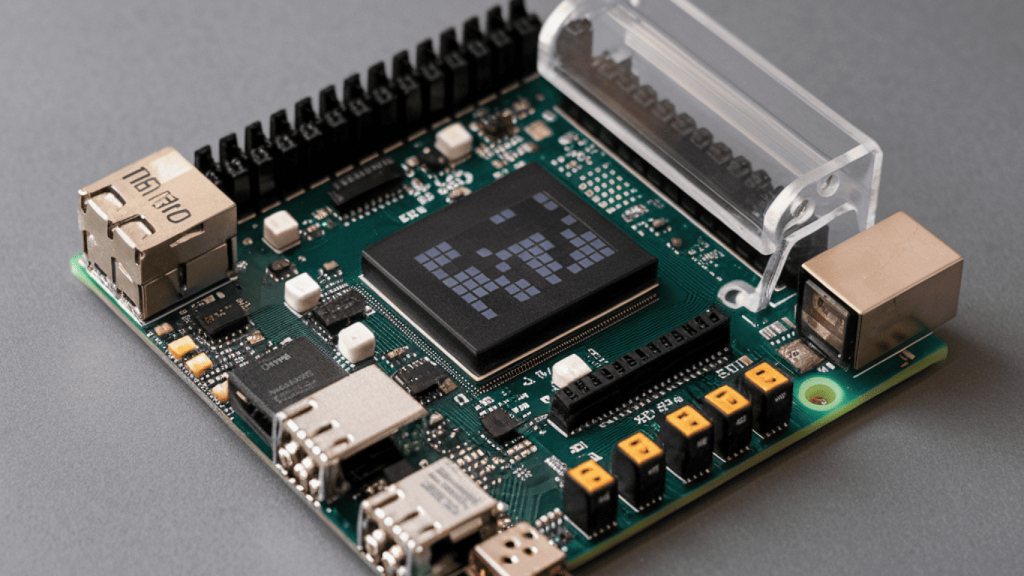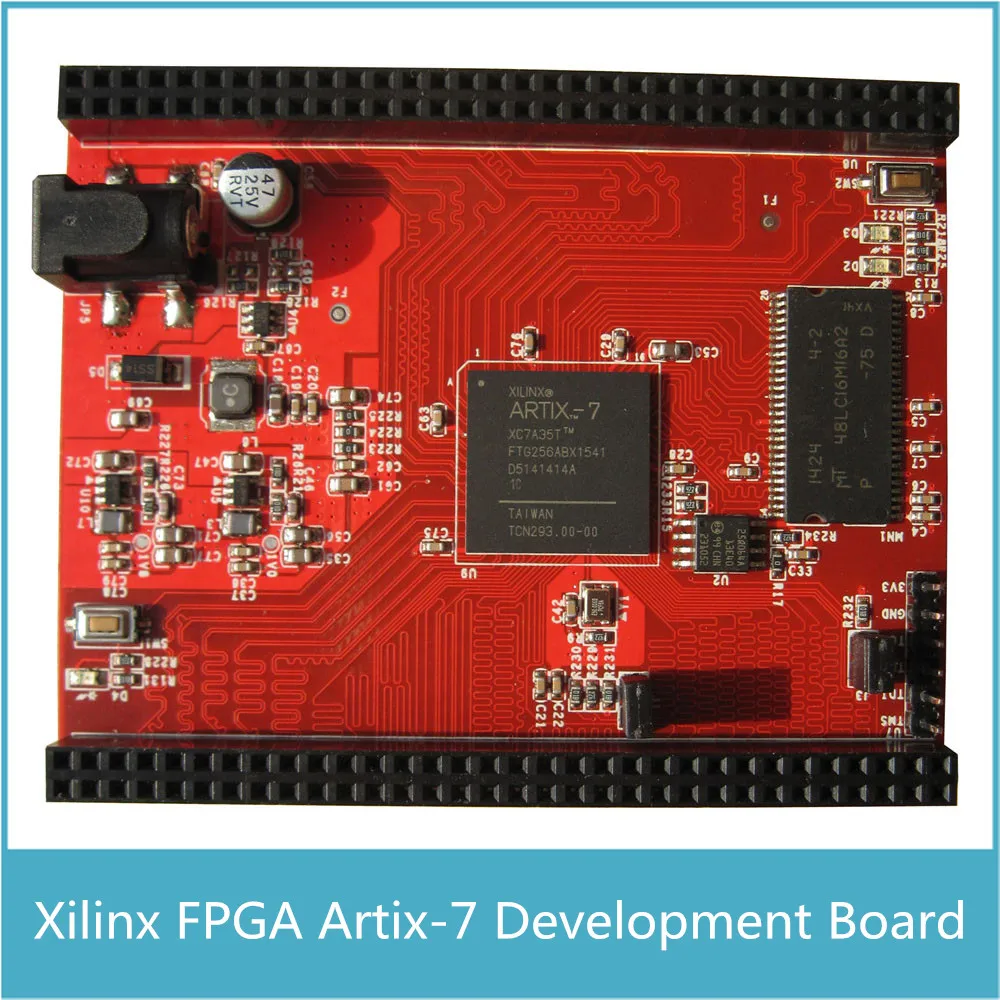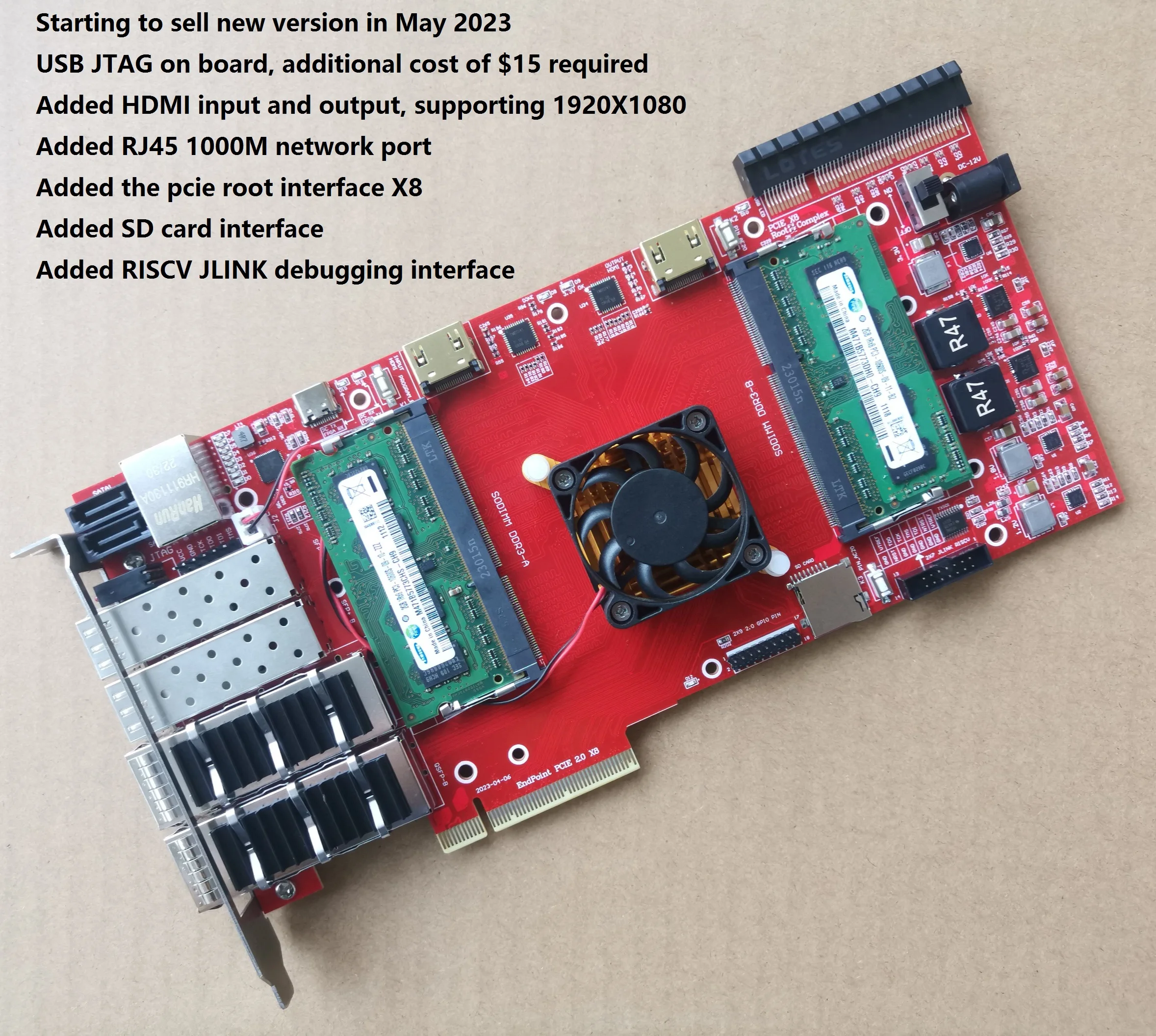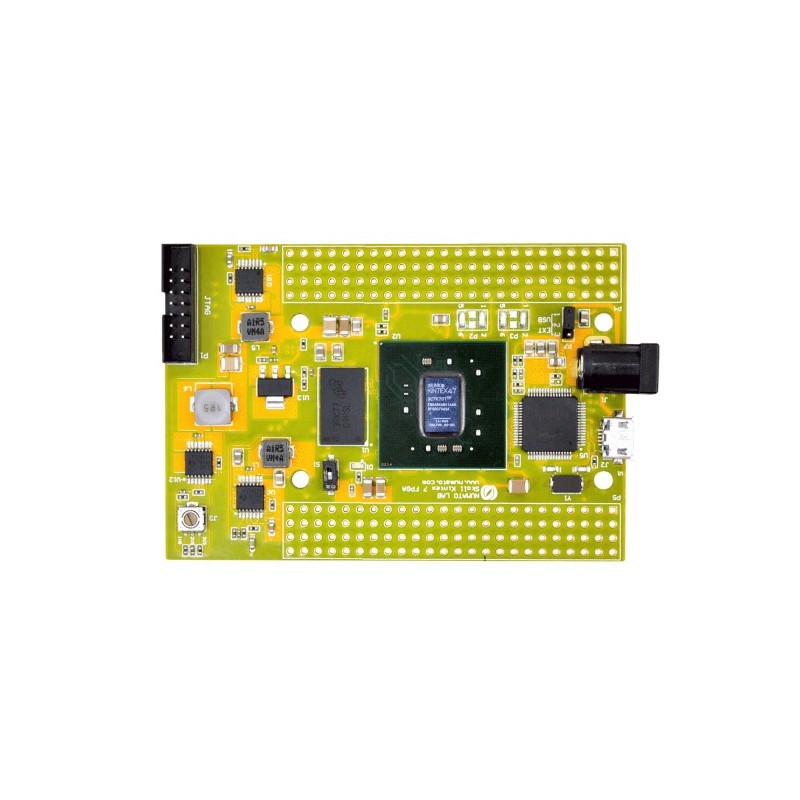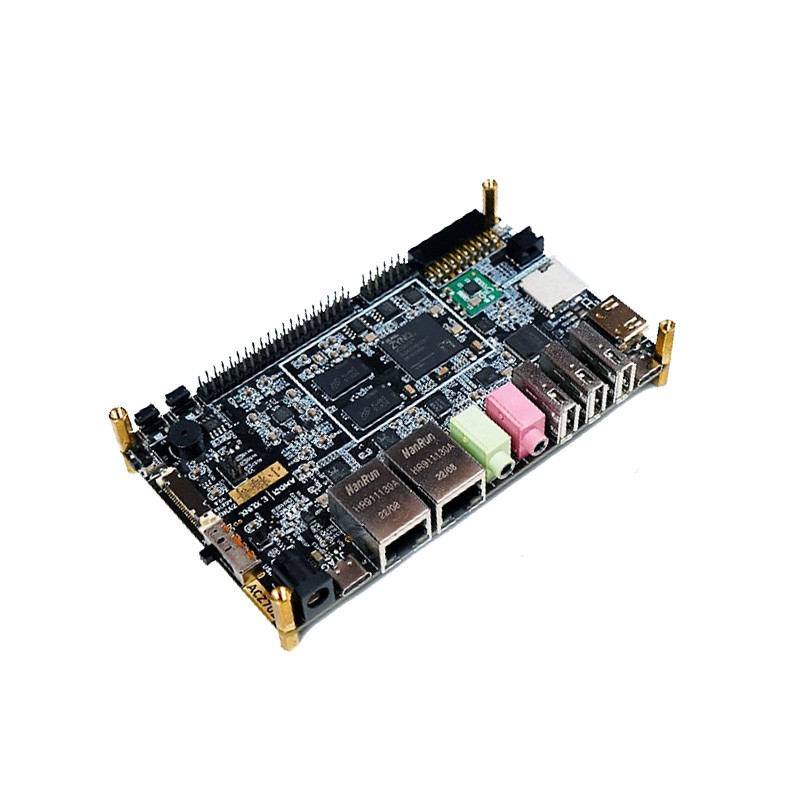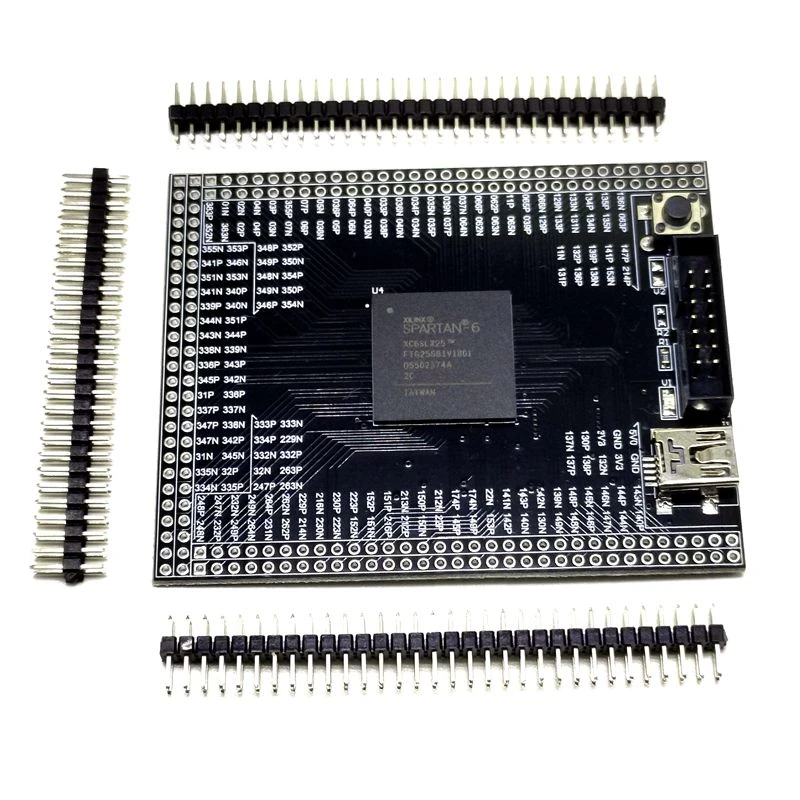Xilinx Fpga Development Board Beginner
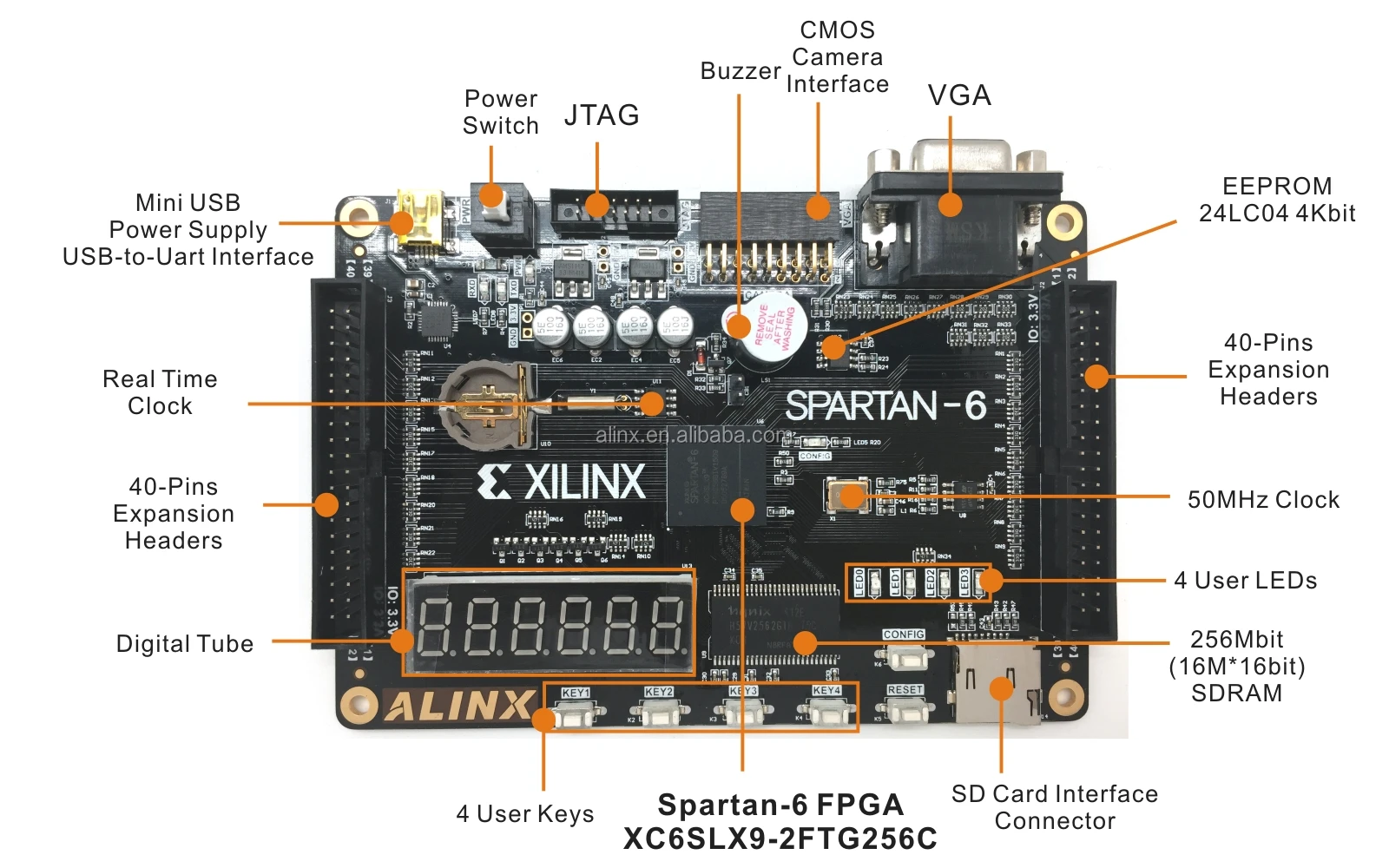
The demand for skilled FPGA developers is surging, but breaking into the field can seem daunting. A new wave of affordable and accessible Xilinx FPGA development boards is poised to change that, empowering beginners to rapidly learn and prototype.
These boards, coupled with readily available resources, offer a streamlined entry point into the complex world of reconfigurable logic. Learn how these developments are lowering the barrier to entry and accelerating innovation.
Accessible Hardware: Democratizing FPGA Development
Previously, FPGA development was often confined to academic institutions and large corporations due to the high cost of entry.
Boards like the Xilinx Artix-7 based Arty A7, readily available from distributors like Digilent and major online retailers (Amazon, Mouser, etc.), offer substantial processing power at a significantly lower price point – often under $200.
The availability of these boards dramatically reduces the initial investment required to begin experimenting with FPGA technology.
Software & Tools: Vivado WebPACK and Open Source Alternatives
Xilinx's Vivado WebPACK, a free (with registration) version of their flagship design suite, provides comprehensive tools for synthesis, implementation, and simulation.
This free software, coupled with board-specific support packages, allows beginners to design, test, and deploy projects without incurring hefty software licensing fees.
Furthermore, growing open-source initiatives, such as Project Trellis for reverse engineering Lattice FPGAs, are beginning to offer alternatives, potentially driving innovation and accessibility further.
Learning Resources: Abundance of Online Tutorials & Communities
The internet is brimming with tutorials and resources aimed at FPGA beginners. Websites like Hackaday, element14, and the Xilinx Developer Forum provide ample learning materials.
These resources range from basic introductory guides to more advanced project examples, fostering a collaborative learning environment.
Universities like MIT and Stanford also offer open courseware and online lectures, providing structured learning paths.
Projects & Applications: From Embedded Systems to AI Acceleration
Beginner-friendly projects often revolve around embedded systems applications, such as motor control, sensor integration, and digital signal processing.
With increasing complexity, developers can explore applications in areas like AI acceleration, high-performance computing, and custom hardware accelerators.
The reconfigurable nature of FPGAs makes them suitable for a wide range of applications, fostering creativity and innovation.
The Arty A7: A Case Study in Beginner-Friendly FPGA Development
The Arty A7, featuring a Xilinx Artix-7 FPGA, stands out as a particularly suitable board for beginners.
Its comprehensive documentation, abundant tutorials, and active community support make it an ideal platform for learning the fundamentals of FPGA development.
It also includes a variety of peripherals, such as LEDs, buttons, and communication interfaces, allowing for immediate experimentation with various hardware functionalities.
Key Features of the Arty A7:
- Xilinx Artix-7 FPGA
- On-board USB JTAG programmer
- Multiple PMOD connectors for expansion
- Arduino-compatible header
- Comprehensive documentation and support
Next Steps: Diving into the World of FPGAs
Aspiring FPGA developers should start by acquiring a beginner-friendly development board, such as the Arty A7, and familiarizing themselves with the Vivado WebPACK software.
Exploring online tutorials and engaging with the FPGA community can provide valuable guidance and support.
Continual experimentation and project-based learning are crucial for mastering the complexities of FPGA design and unlocking its transformative potential.

